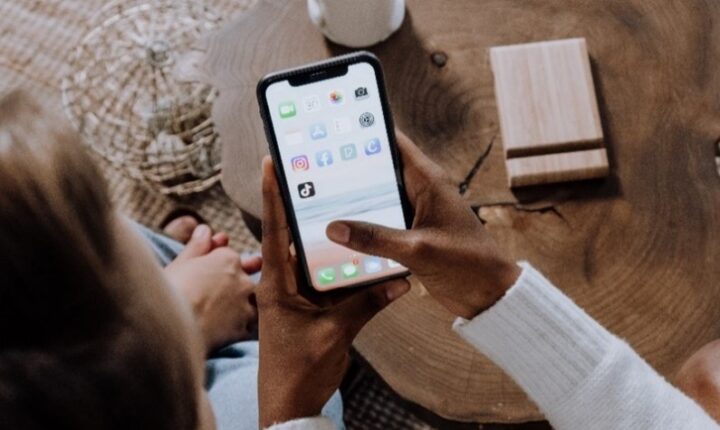
How societal developments influence your communications approach in 2023
Communications is always evolving. Which social trends should you take into account in the coming year? These are six tips from six of the Omnicom PR Group NL specialists.
June 20, 2023

June 20, 2023

Social media influencers have become a powerful tool for brands to promote their products. However, the emergence of the de-influencing trend on TikTok shows a shift in how people perceive and interact with influencer marketing on social media. Curious about what ‘de-influencing’ exactly means, why it is a trend and what this means for brands? Read more below.
Brands often work with influencers. When doing so, it is important to take a good look at how authentic and credible an influencer is, but also whether the influencer has an affinity with a certain product or brand. Based on relevant insights and metrics, the right influencers for a collaboration can be selected (concrete tips for setting up an influencer collaboration can be found at the bottom of this article). However, it is also important to keep an eye on the influencer landscape, because trends develop quickly. So is the trend of ‘de-influencing’.
With de-influencing, the hype surrounding certain products is put into question and influencers encourage their followers to think critically and make an informed decision instead of just buying something. This concept arose in response to influencers’ concerns and desire for authenticity, transparency and ethical conduct, as well as sharing personal experiences and creating a meaningful connection with the follower.
Speaking out about who you are and what you stand for is becoming increasingly important. With #deinfluencing, influencers bring the focus back to more authenticity and transparency. Under the hashtag, the truth about certain brands or products is revealed. What’s it really like? And is the product as good as influencers claim? Deinfluencers therefore first examine the product with a critical eye before they start promoting it. The trend can make product reviews more honest and trustworthy, as de-influencing can create a dislike for influencers who post misleading reviews and promote over-consumption. In general, you could say that de-influencing can make a positive contribution to making more sustainable choices by both consumers and businesses.
But there is also criticism of the trend because isn’t it actually just another form of influencing? Under the guise of #deinfluencing, influencers still use their platform and influence to ensure that a follower makes a certain choice. Sometimes that is to discourage buying a product, which counteracts overconsumption, but they can also recommend a substitute for the product.
Whether you see de-influencing as influencing or not, with this trend, influencers aim at least to use their platforms to be more genuine about their experience with products and services. So #de-influencing doesn’t mean you don’t use the power of influencers, but it emphasizes authenticity and transparency to followers instead of simply encouraging you to (unnecessarily) buy something.
Firstly, it remains important to monitor what is being said about your product or brand online and by influencers. The popularity of de-influencing shows that consumers need more authentic and transparent content. That is why it is especially more important now that brands choose authentic influencers who connect with a brand and really appreciate a product for various reasons.
What can you pay attention to when it comes to setting up an influencer collaboration? Here are our tips:

Communications is always evolving. Which social trends should you take into account in the coming year? These are six tips from six of the Omnicom PR Group NL specialists.

What are the eight Social & Digital communication trends for 2023 and how can they be used by brands? Check out this trend report created by the Social & Digital leadership team from our Omnicom PR Group network across Europe.